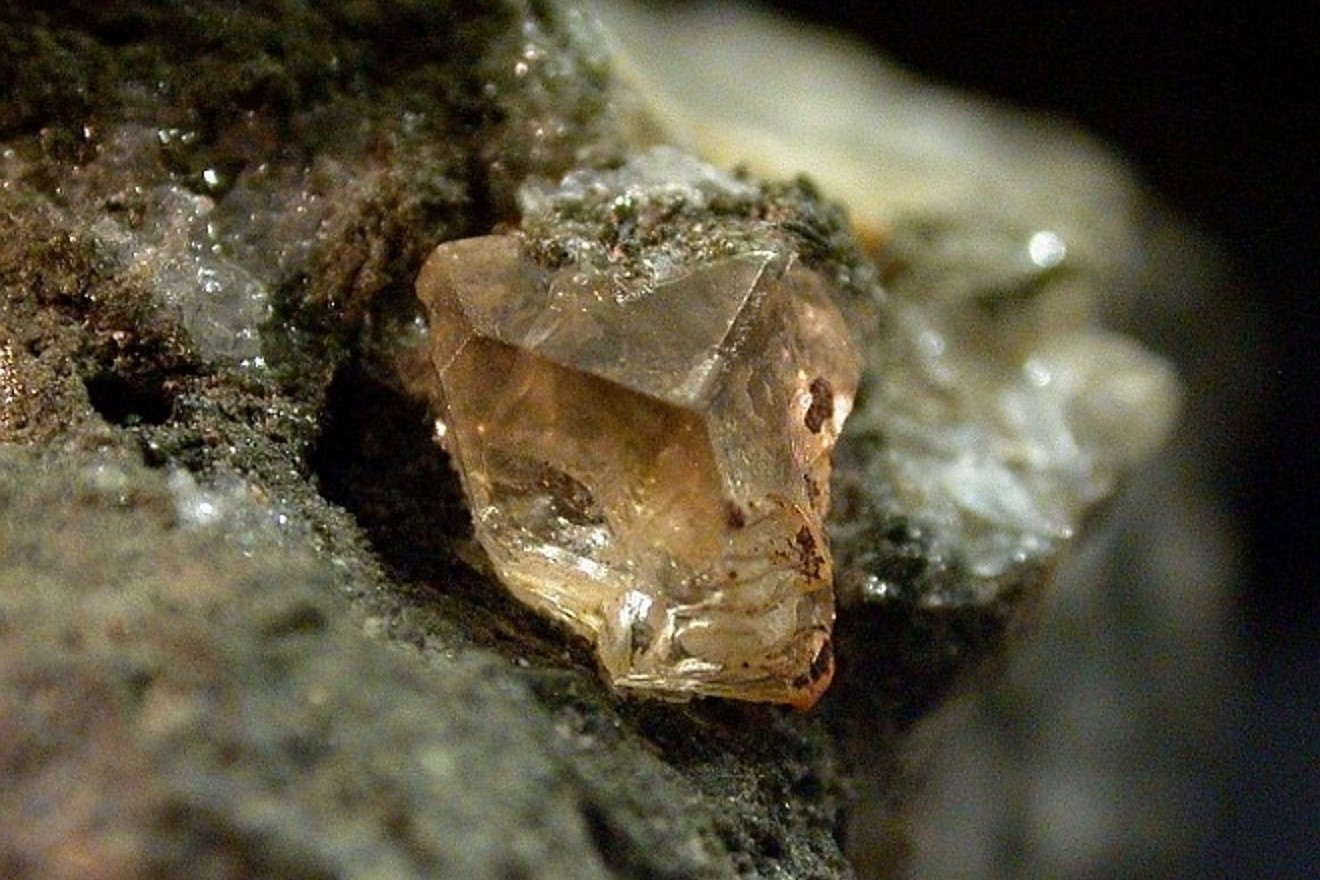
What is Sarcolite? Sarcolite is a rare mineral that captures the interest of geologists and collectors alike. Why is it special? This mineral stands out due to its unique chemical composition and striking appearance. Where can you find it? Sarcolite is typically found in volcanic rocks, particularly in regions with high geological activity. What makes it unique? Its distinct crystal structure and vibrant colors make it a prized specimen. Why should you care? Understanding sarcolite can offer insights into geological processes and the Earth's history. Ready to learn more? Let's dive into 30 fascinating facts about this intriguing mineral.
Key Takeaways:
- Sarcolite is a rare mineral with flesh-like color, found in volcanic rocks. It has unique properties like fluorescence and strong birefringence, making it a fascinating subject for geologists and mineral enthusiasts.
- Its occurrences are limited to specific volcanic regions, including Mount Vesuvius in Italy and the San Juan Mountains in the United States. Sarcolite's properties provide insights into the geological history of these volcanic areas.
What is Sarcolite?
Sarcolite is a rare mineral that has fascinated geologists and mineral enthusiasts alike. This intriguing mineral has unique properties and a rich history. Let's dive into some fascinating facts about sarcolite.
- Sarcolite is a silicate mineral, which means it contains silicon and oxygen atoms.
- It was first discovered in 1807 by the French mineralogist René Just Haüy.
- The name "sarcolite" comes from the Greek word "sarx," meaning flesh, due to its flesh-like color.
- Sarcolite typically forms in volcanic rocks, particularly in regions with high levels of volcanic activity.
- This mineral is often found in association with other rare minerals like nepheline and leucite.
- Sarcolite crystals are usually small, often less than a centimeter in size.
- The mineral is known for its vitreous (glassy) luster, which gives it a shiny appearance.
- Sarcolite has a Mohs hardness of 5 to 6, making it relatively hard but not as hard as quartz.
- It has a specific gravity of around 2.8 to 3.0, which is considered average for silicate minerals.
- Sarcolite is typically white, pink, or reddish in color, but can also appear in shades of gray or brown.
Where Can You Find Sarcolite?
Sarcolite is not a common mineral, and its occurrences are limited to specific geological environments. Here are some notable locations where sarcolite has been found.
- The type locality for sarcolite is Mount Vesuvius in Italy, where it was first discovered.
- It has also been found in other volcanic regions of Italy, such as the Alban Hills near Rome.
- Sarcolite occurrences have been reported in the Eifel region of Germany.
- In the United States, sarcolite has been found in the volcanic rocks of the San Juan Mountains in Colorado.
- The mineral has also been discovered in the Khibiny Massif on the Kola Peninsula in Russia.
- Sarcolite has been identified in volcanic rocks from the Canary Islands.
- Small amounts of sarcolite have been found in the volcanic regions of Japan.
- The mineral has also been reported in the volcanic rocks of the Azores.
- Sarcolite occurrences have been noted in the volcanic regions of Iceland.
- It has been found in the volcanic rocks of the Kamchatka Peninsula in Russia.
Unique Properties of Sarcolite
Sarcolite possesses several unique properties that make it an interesting subject of study for mineralogists and geologists.
- Sarcolite is a member of the feldspathoid group of minerals, which are similar to feldspars but contain less silica.
- The mineral has a tetragonal crystal system, meaning its crystals are shaped like elongated prisms.
- Sarcolite is known for its strong birefringence, which means it can split light into two separate rays.
- The mineral exhibits fluorescence under ultraviolet light, often glowing a bright orange or red.
- Sarcolite has a high refractive index, which means it bends light more than many other minerals.
- The mineral is often used as a gemstone, although its rarity makes it a collector's item rather than a commercial gem.
- Sarcolite can be synthesized in the laboratory, which helps scientists study its properties in detail.
- The mineral is stable at high temperatures, making it useful for studying volcanic processes.
- Sarcolite can contain trace amounts of rare earth elements, which are valuable for various industrial applications.
- The study of sarcolite and its formation can provide insights into the geological history of volcanic regions.
Final Glimpse at Sarcolite
Sarcolite, a rare mineral, holds a unique place in the world of geology. Found mainly in volcanic rocks, this mineral's striking colors and crystal structure make it a subject of fascination. Its name, derived from the Greek word for flesh, hints at its distinctive appearance. Sarcolite's rarity means it's not commonly seen, making it a prized find for collectors and scientists alike.
Understanding sarcolite's properties helps geologists learn more about volcanic processes and the Earth's history. Its chemical composition, primarily consisting of calcium, aluminum, and silicon, provides clues about the conditions under which it forms.
While not widely known, sarcolite's beauty and scientific value make it a gem worth appreciating. Next time you hear about volcanic minerals, remember the intriguing story of sarcolite. It’s a small but significant piece of our planet's puzzle.
Frequently Asked Questions
Was this page helpful?
Our commitment to delivering trustworthy and engaging content is at the heart of what we do. Each fact on our site is contributed by real users like you, bringing a wealth of diverse insights and information. To ensure the highest standards of accuracy and reliability, our dedicated editors meticulously review each submission. This process guarantees that the facts we share are not only fascinating but also credible. Trust in our commitment to quality and authenticity as you explore and learn with us.
